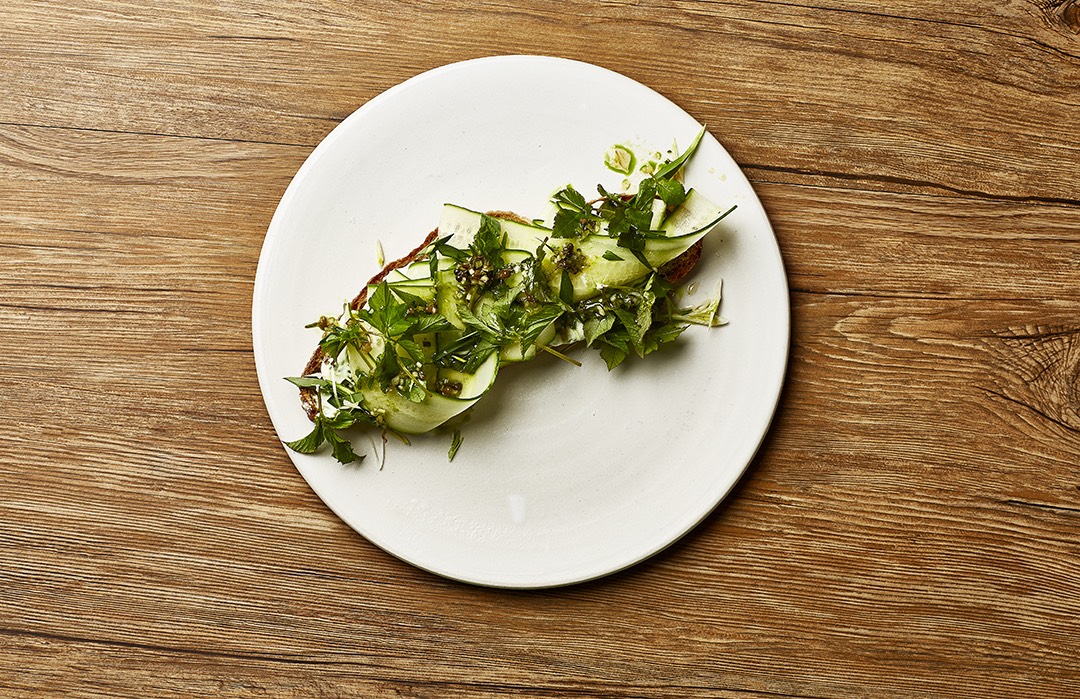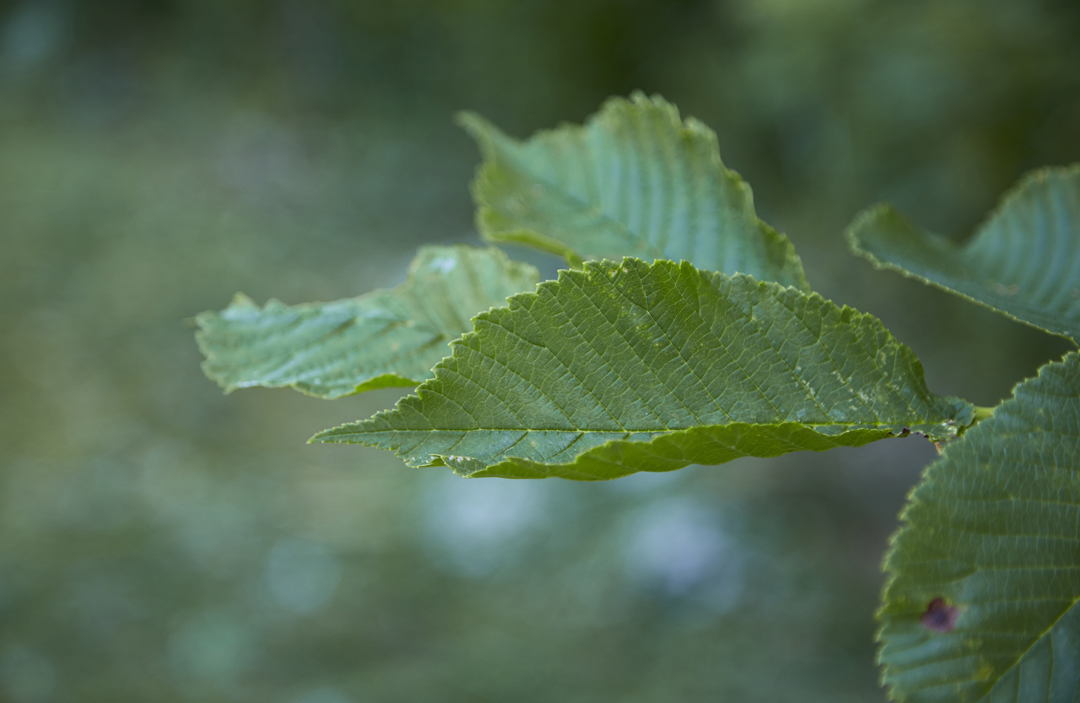
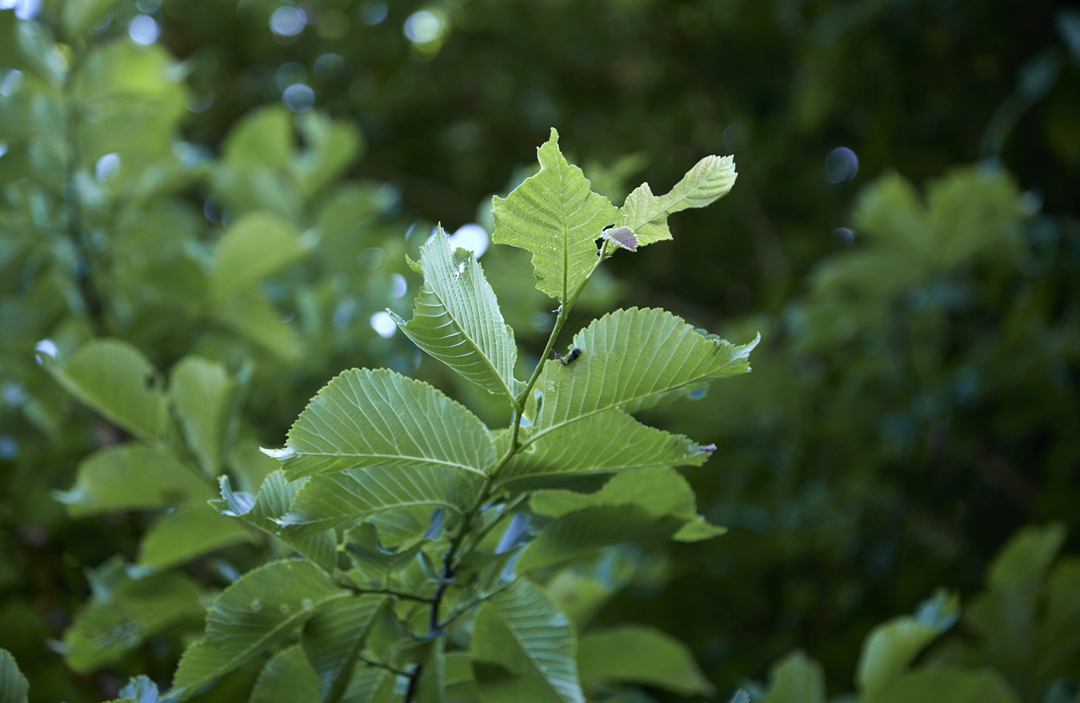
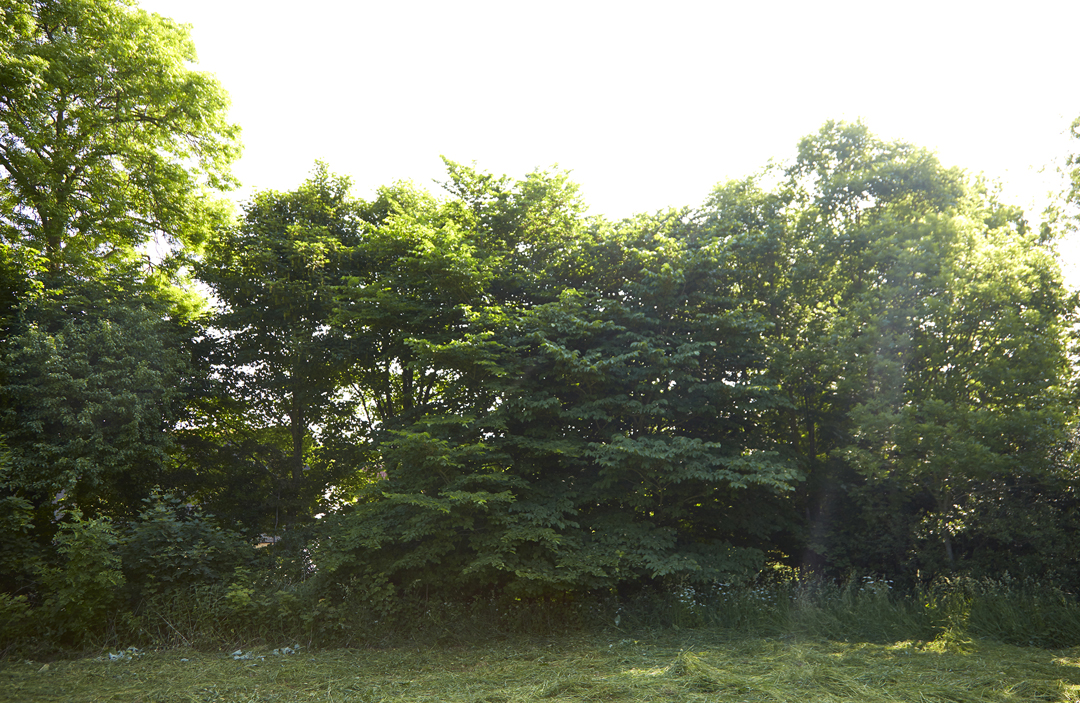
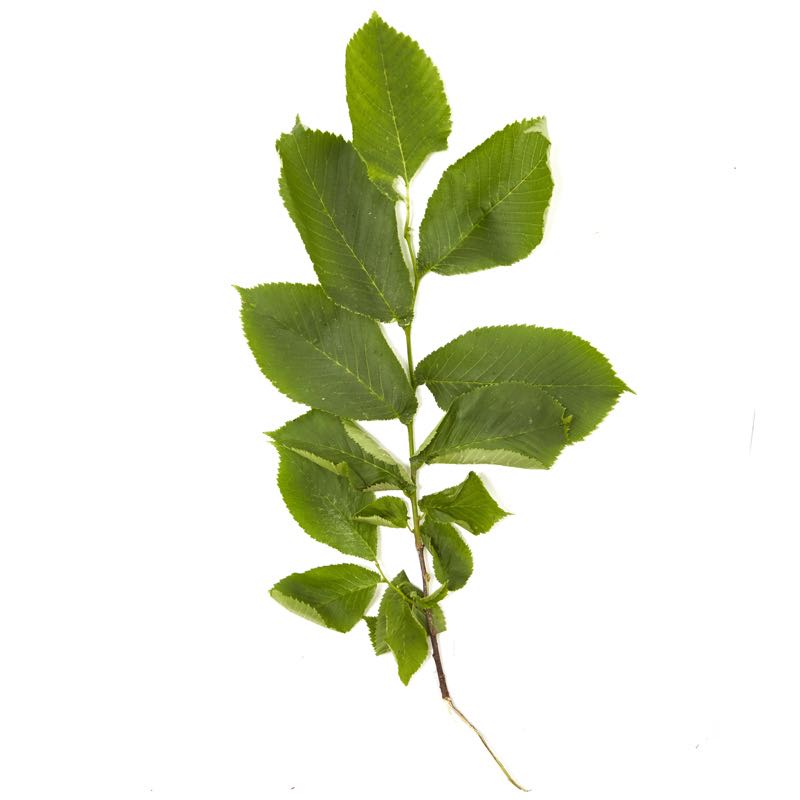
Elm
Many of our big old elm trees have succumbed to Dutch elm disease, which is spread from tree to tree by bark beetles. The new generations of elm trees are luckily resistant to the disease, so their edible seeds are still available.
-
Where to Find It
Elm trees grow in parks, hedges, and mixed deciduous forests.
Deciduous forests, towns, hedges. -
When to Find It
Elm trees bloom in April and May, but their unripe, light green fruits—elm seeds—are what you'll want to harvest. Keep your eyes peeled for when the delicate elm seeds are out—it's shortly after flowering and around the same time as the tree gets its leaves.
Elm seeds: April, May. -
How to Spot It
The elm tree is a large, somewhat rough, scabrous, and grooved tree that grows up to 35 meters tall. It has quite a dense crown that doesn't allow much light to pass through. Elm trees look somewhat like oak trees, but their leaves are different. At its base —where it meets the stem—the elm leaf is generally lopsided, with one side extending further down the stem than the other. Elm seeds are tiny and grow in clusters on the branches, huddled inside green discs—or husks— that look ready to take flight.
-
How to Pick It
Carefully pick the husks off the elm tree's branches, where they grow in small bunches. Once you've picked a bunch of elm seeds, remove the stem that holds the bunch together.
Risk of misidentifying the plant


